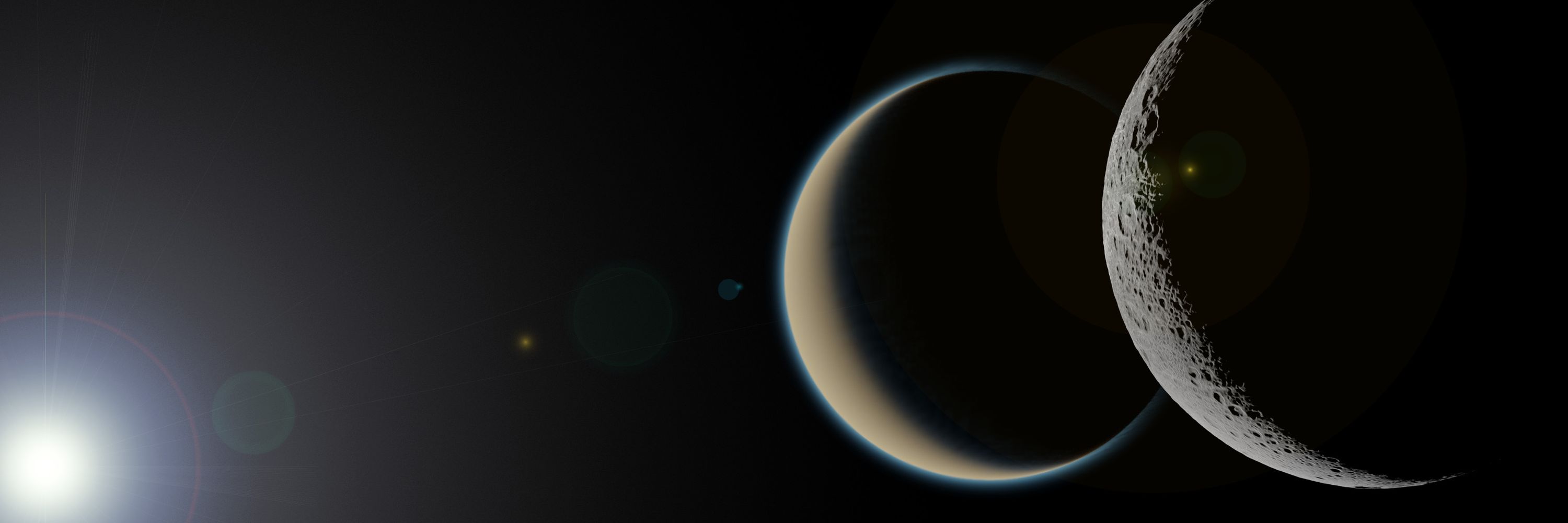
[6/9]

[6/9]
[1/9] of the "art research" thread on TOI-3884 and "red" dwarfs in general.

[1/9] of the "art research" thread on TOI-3884 and "red" dwarfs in general.

Opitom et al. 2025: arxiv.org/abs/2507.05226
Spectral reconstruction and extrapolation with TrueColorTools:

Opitom et al. 2025: arxiv.org/abs/2507.05226
Spectral reconstruction and extrapolation with TrueColorTools:







It can also process images and generate color charts. Here's the latest table of some featured objects (geometric albedo mode, sRGB color space, Illuminant E)

It can also process images and generate color charts. Here's the latest table of some featured objects (geometric albedo mode, sRGB color space, Illuminant E)

